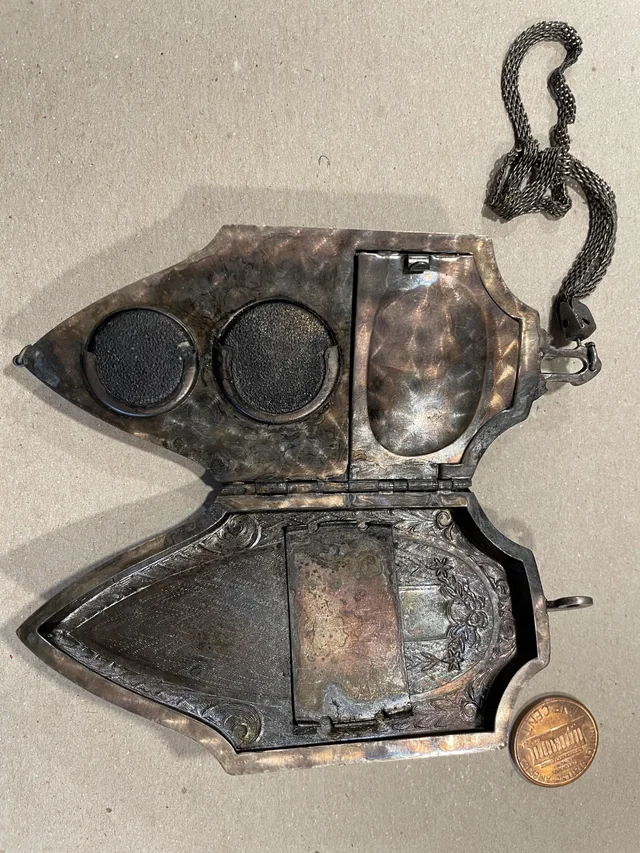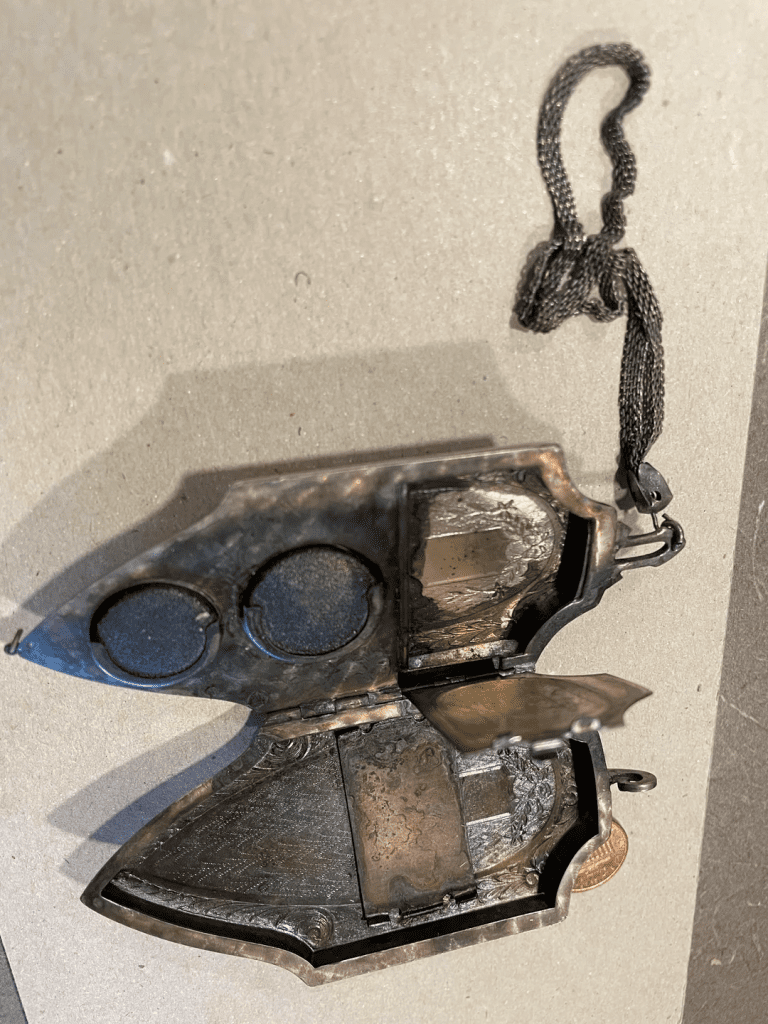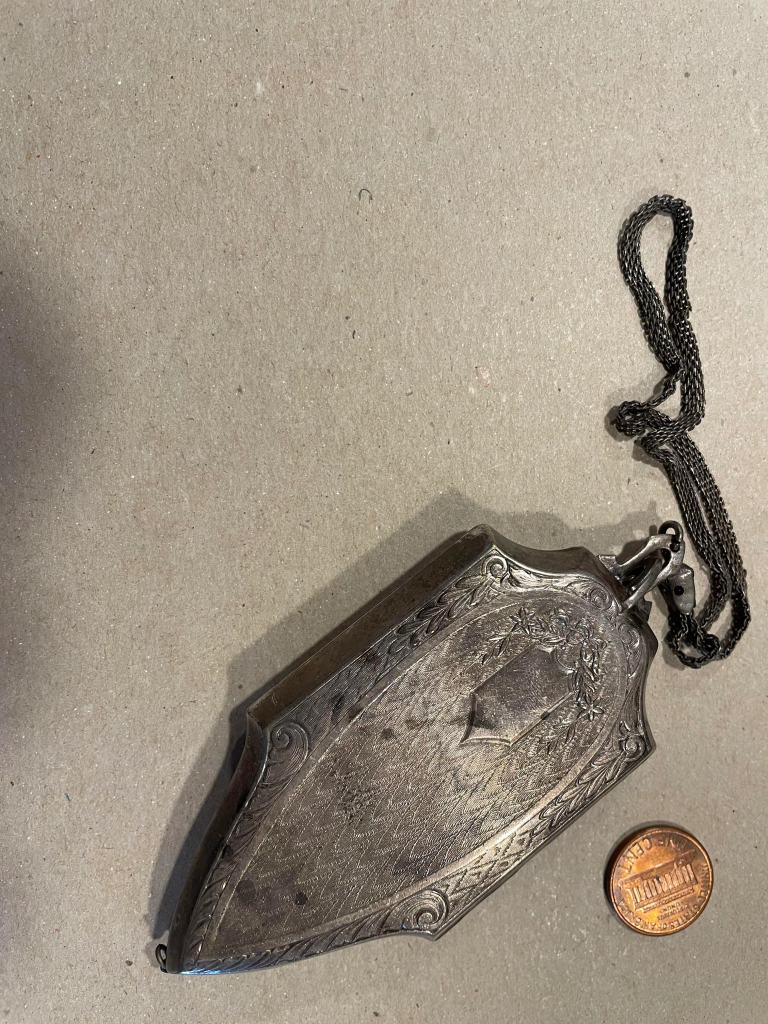The 1920s were an era of elegance, glamour, and social revolution, especially for women. One of the fascinating accessories that captured the spirit of this time was the dance bag. These bags, often petite and stylish, were designed for women who attended dances, soirées, and social gatherings. But beyond their beauty, dance bags were also practical, offering a clever blend of fashion and function. In this article, we explore the history, design, and significance of the 1920s dance bag and its enduring charm.
The Dance Bag: A Symbol of 1920s Sophistication

The 1920s, known as the Roaring Twenties, were a time when fashion became a powerful symbol of the modern woman. Flapper dresses, bobbed hair, and bold accessories defined the style of this period. Amidst this fashion evolution, the dance bag emerged as a must-have accessory. But what exactly was a dance bag, and why was it so popular?
A typical 1920s dance bag was compact yet highly functional. Designed to be carried to formal events like ballroom dances or jazz clubs, it provided space for essential items while allowing women to remain hands-free as they moved effortlessly across the dance floor.
Design Elements of a Dance Bag
The design of a dance bag was as thoughtful as it was fashionable. These bags often featured intricate details that reflected the artistry of the time, while also catering to the practical needs of the modern woman.
Compartments for Coins and Bills
One of the most practical features of a dance bag was its compartments for coins and bills. During the 1920s, social events often included tips for coat check attendants, cab fares, or even a last-minute purchase at a refreshment stand. A typical dance bag had dedicated sections for coins, sometimes accompanied by a clasp or snap closure to ensure that money was secure yet easily accessible. These compartments allowed women to carry their essentials without needing a separate wallet, keeping everything in one convenient place.
Powder Compartment for Freshening Up
In an era where looking polished was a priority, women needed a quick and discreet way to freshen up during events. Many dance bags included a small powder compartment, sometimes with a hinged door for easy access. This compartment held a compact or small powder puff, enabling women to touch up their makeup without leaving the dance floor. It was a subtle nod to the importance of maintaining one’s appearance throughout the evening.
Holder for Guest or Business Cards
Another interesting feature of the dance bag was the inclusion of a holder for guest or business cards. Social events in the 1920s were not just about fun; they were also about networking and forming connections. Women carried cards to exchange with new acquaintances, and dance bags often had a special slot to keep these cards organized and ready to distribute. It was both a fashionable and functional way to ensure that personal or professional contacts were always within reach.
Materials and Craftsmanship

Dance bags of the 1920s were often crafted from luxurious materials such as silk, velvet, or fine leather. Some were embellished with intricate beadwork, embroidery, or metal details, making them as much a statement piece as they were a functional item. The attention to detail in the craftsmanship of these bags made them a true reflection of the elegance and opulence of the time.
Examples of 1920s Dance Bags
Consider a typical example: a beaded dance bag made from soft silk, adorned with silver accents and finished with a delicate wrist strap. Inside, you might find two compartments for coins, a small pocket for bills, a built-in mirror, and a powder puff. Another example might feature an art deco design with geometric patterns, showcasing the bold aesthetic of the decade while incorporating practical features like a coin purse and a powder compact.
Why Dance Bags Were Essential Accessories
In the 1920s, the social scene was vibrant, and dance events were a major part of cultural life. Women needed an accessory that complemented their attire while also serving a practical purpose. The dance bag was the perfect solution—small enough to carry without hassle, yet equipped with all the necessary compartments for an evening out.
Freedom of Movement

One of the key benefits of the dance bag was its portability. Often designed with a wrist strap or a small handle, the bag allowed women to dance, socialize, and move freely without having to constantly manage a cumbersome purse. This freedom of movement was essential, as dance events could last for hours, and no one wanted to be weighed down by heavy accessories.
A Reflection of Changing Social Norms
The popularity of the dance bag also reflected broader changes in women’s roles and fashion in the 1920s. As women became more independent and active in social settings, they sought accessories that matched their newfound freedom. The dance bag symbolized this shift—offering a practical solution for carrying personal items while also serving as a stylish accessory that fit the glamorous aesthetics of the time.
The Legacy of the Dance Bag
Though the dance bag is no longer a staple accessory, its influence can still be seen in modern fashion. Today, clutches and small evening bags serve a similar purpose, offering both style and functionality. The dance bag’s legacy lives on in these modern designs, reminding us of an era when elegance and practicality were seamlessly combined.
Collecting Vintage Dance Bags

For collectors, vintage dance bags are prized not only for their beauty but also for their historical significance. These bags offer a glimpse into the social lives of women in the 1920s, showcasing how fashion and function intersected during this exciting time. Whether adorned with delicate beadwork or featuring sleek art deco designs, each dance bag tells a story of its era.
The 1920s dance bag was more than just an accessory—it was a reflection of the time’s cultural and social shifts. Its combination of practicality and elegance made it an essential item for women attending the many social events of the era. Today, these bags serve as a fascinating piece of fashion history, reminding us of a time when every detail, down to the smallest accessory, was crafted with care and intention. Whether admired for their beauty or collected for their history, vintage dance bags continue to captivate those with a passion for the past.


